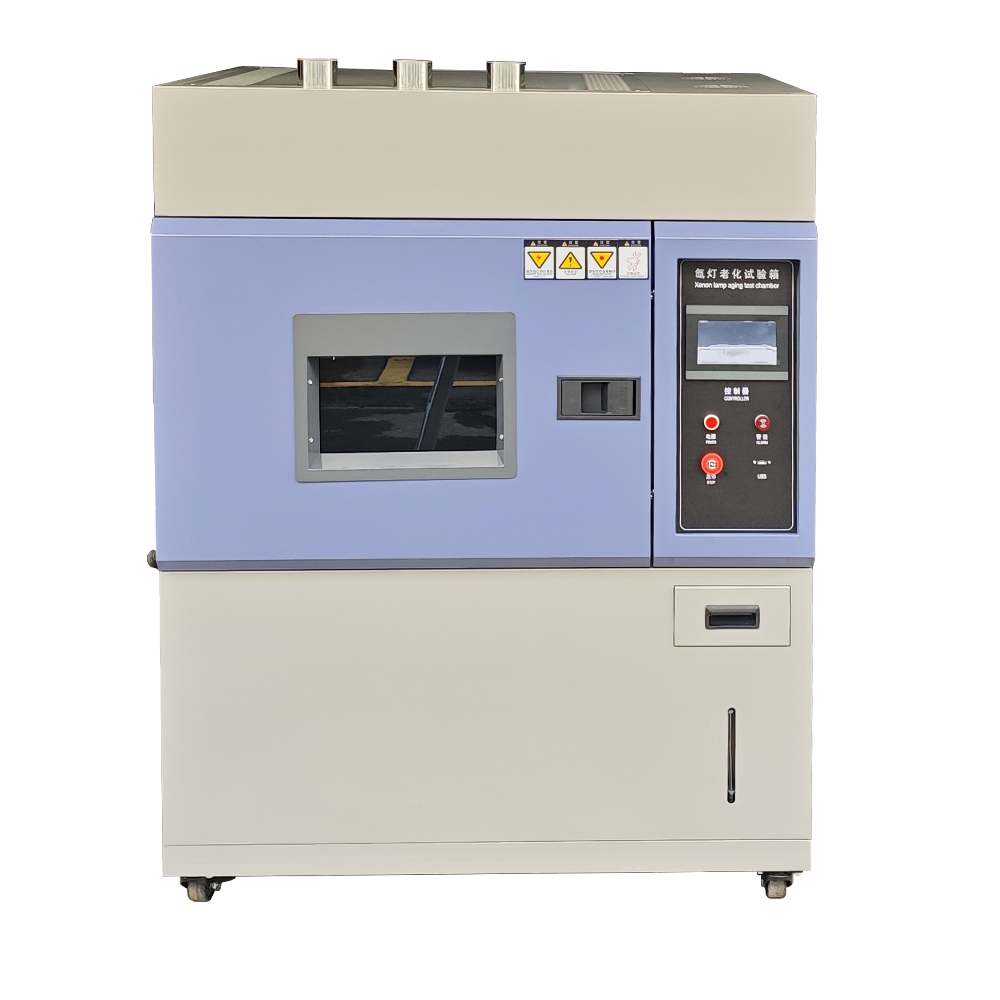
xenon-arc aging test chamber
338005.0 INR/Unit
Product Details:
X
xenon-arc aging test chamber Price And Quantity
- 338005.0 INR/Unit
- 1 Unit
xenon-arc aging test chamber Trade Information
- Cash in Advance (CID)
- 100 Unit Per Month
- 7 Days
- All India
Product Description
Test methods and parameters as per standard ASTM D 4355:
| Duration | 150h, 300h, 500h |
| Light Source | Xenon Arc |
| Filter | Daylight filters |
| Irradiated Intensity | 0.350.02w/mat 340nm |
| Temperature of black panel | 653 |
| Relative humidity | 50%-90% |
| Cycles | |
| 90min of light only at 653 and 50%5% relative humidity | |
| 30min of light plus water spray | |
Applicable industries: automotive manufacturing, coatings, plastics and rubber, textiles, building materials, aerospace, electronic components, outdoor products, etc
product overview
The xenon arc aging test chamber simulates multiple environmental factors such as full spectrum solar radiation, temperature, humidity, and rainfall using a high-precision xenon lamp light source to quickly evaluate the aging, fading, brittleness, and other properties of materials under long-term outdoor exposure. Help customers shorten their research and development cycle, optimize product quality, and comply with international testing standards such as ISO 4892 and ASTM G155.
Core advantages
1. Accurate environment simulation, highly reliable data
Full spectrum xenon lamp technology: using imported xenon lamp tubes, with a spectral range of 280-3000nm, accurately matching natural sunlight, and an error rate of less than 5%.
Multi factor collaborative control: temperature (RT~100 1 ), humidity (10%~98% RH 3%), irradiance (adjustable from 0.3~1.5 W/m ), spray cycle independent programming, simulating different global climate conditions.
Intelligent calibration system: Built in light sensor, automatically compensates for lamp attenuation, ensuring test consistency.
2. Efficient and energy-saving, reducing operating costs
Dual mode of air cooling and water cooling: reduces energy consumption by 30% compared to traditional equipment and supports 24/7 continuous operation.
Long life lamp design: The average service life is 2000 hours, reducing replacement costs by 40%.
3. Intelligent operation and data management
7-inch touch screen interface, supporting 100 sets of program storage, and one click access to test solutions.
Real time data curve display, USB/Ethernet interface export report, compatible with LIMS system.
Remote monitoring function (optional): Real time viewing of device status through PC or mobile devices.
Choosing a suitable xenon arc aging test chamber requires consideration of multiple factors to ensure that it can meet specific testing requirements and application scenarios. Here are some key factors and steps to help you make wise choices:
1. Determine testing standards and requirements
Industry standards: Different industries have different testing standards and requirements. For example, the automotive industry may need to follow SAE (Society of Automotive Engineers) standards, while the textile industry may need to follow AATCC (American Association of Textile Chemists and Dyers) standards. Understanding and determining the industry standards you are in is the first step in choosing a testing chamber.
Test parameters: Determine the environmental conditions you need to simulate, including light intensity, temperature, humidity, rainfall cycle, etc. Different testing standards have different requirements for these parameters.
2. Matching of light source type and spectrum
Light source type: Xenon arc lamps are commonly used light sources, but different models of xenon arc lamps may have different spectral outputs. Ensure that the light source of the selected test chamber can provide spectral output that highly matches the solar spectrum.
Spectral control: Some advanced models of test chambers can adjust the spectral output to simulate lighting conditions under different environmental conditions. Select a test chamber with appropriate spectral control capabilities based on your testing needs.
3. Temperature and humidity control
Temperature range: Determine whether the temperature control range of the test chamber meets your testing needs. The common temperature range is from 0 to 80 .
Humidity control: Humidity control is another important factor. Ensure that the test chamber can provide the required humidity range, typically between 20% and 98%.
4. Sample capacity and size
Sample capacity: Determine the number and size of samples that the test chamber can accommodate based on your testing needs. Different test chambers have different sample capacities and sizes. Choose the test chamber that can accommodate the required number of samples.
Sample rack design: The sample rack design of some test chambers can be easily replaced and adjusted to accommodate samples of different shapes and sizes. Select a test chamber with a suitable sample rack design based on the characteristics of your sample.
5. Control system and user interface
Control system: Advanced control systems can provide higher testing accuracy and stability. Choose a test chamber with a high-precision control system to ensure the reliability of the test results.
User interface: A user-friendly interface can simplify the operation process and improve work efficiency. Choose a test chamber with an intuitive user interface so that operators can easily set up and monitor it.
6. Security and Maintenance
Safety protection: The test chamber should be equipped with multiple safety protection devices, such as over temperature protection, overload protection, leakage protection, etc., to ensure operational safety.
Maintenance requirements: Understand the daily maintenance requirements and maintenance cycle of the test chamber. Choosing a test chamber that is easy to maintain can reduce maintenance time and costs.
7. Brand and after-sales service
Brand reputation: Choosing products from well-known brands can provide better quality assurance and after-sales service. Understand the reputation and user reviews of different brands, and choose brands with good reputation.
After sales service: Understand the supplier's after-sales service policy, including warranty period, repair service, and technical support. Choose a supplier that provides comprehensive after-sales service so that you can receive timely assistance when needed.
8. Budget and cost-effectiveness
Budget: Determine an acceptable price range based on your budget. There is a significant price difference between different models and brands of test chambers. Therefore, it is important to plan a reasonable budget and choose products with high cost-effectiveness.
Cost effectiveness: Not only should the price be considered, but also the performance, functionality, and after-sales service of the test box should be comprehensively considered. Choosing a cost-effective test chamber can not only meet testing needs but also achieve better investment returns.
Tell us about your requirement

Price:
Quantity
Select Unit
- 50
- 100
- 200
- 250
- 500
- 1000+
Additional detail
Mobile number
Email



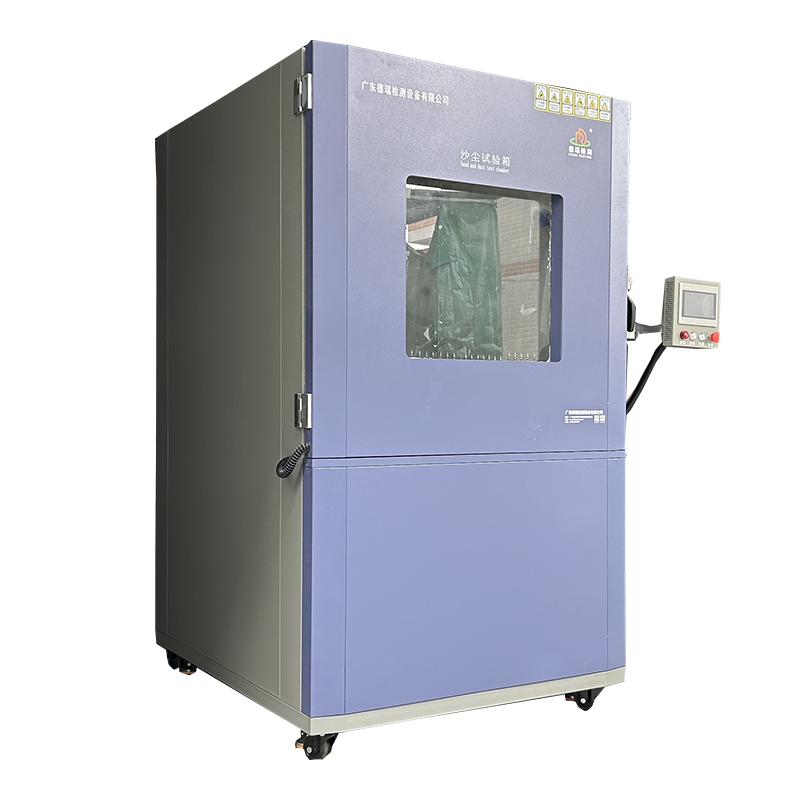
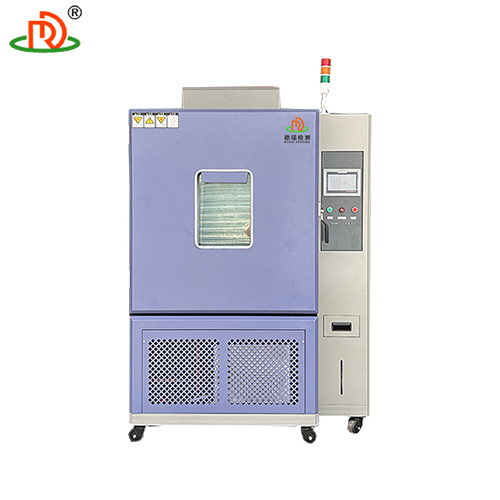
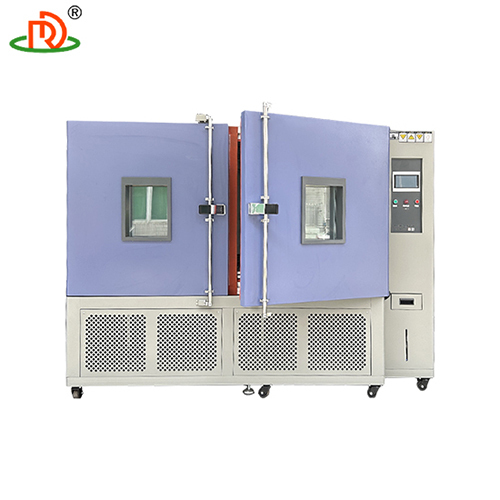
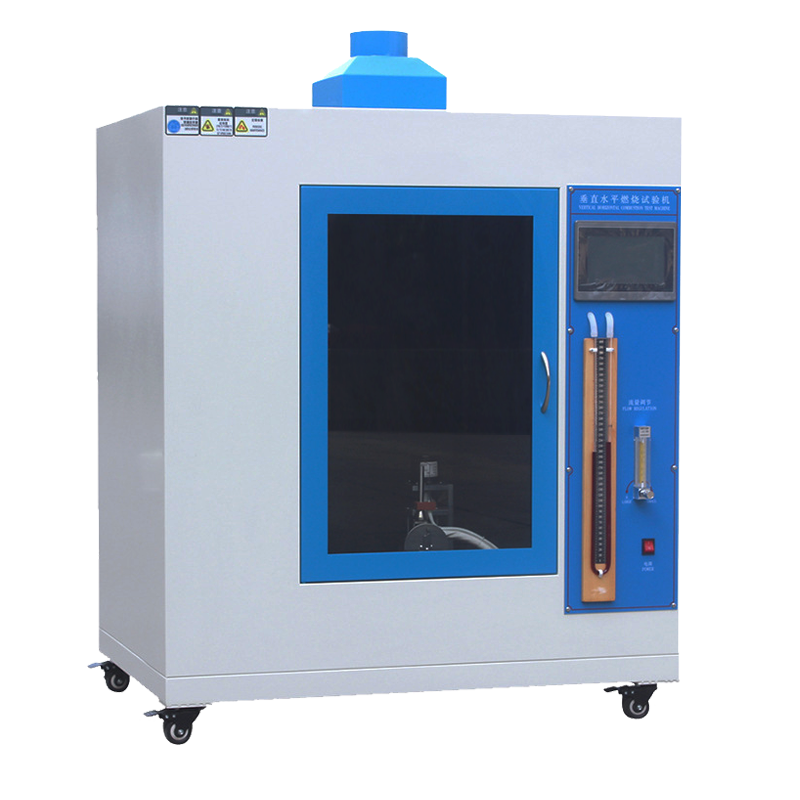

 English
English Spanish
Spanish French
French German
German Italian
Italian Chinese (Simplified)
Chinese (Simplified) Japanese
Japanese Korean
Korean Arabic
Arabic Portuguese
Portuguese